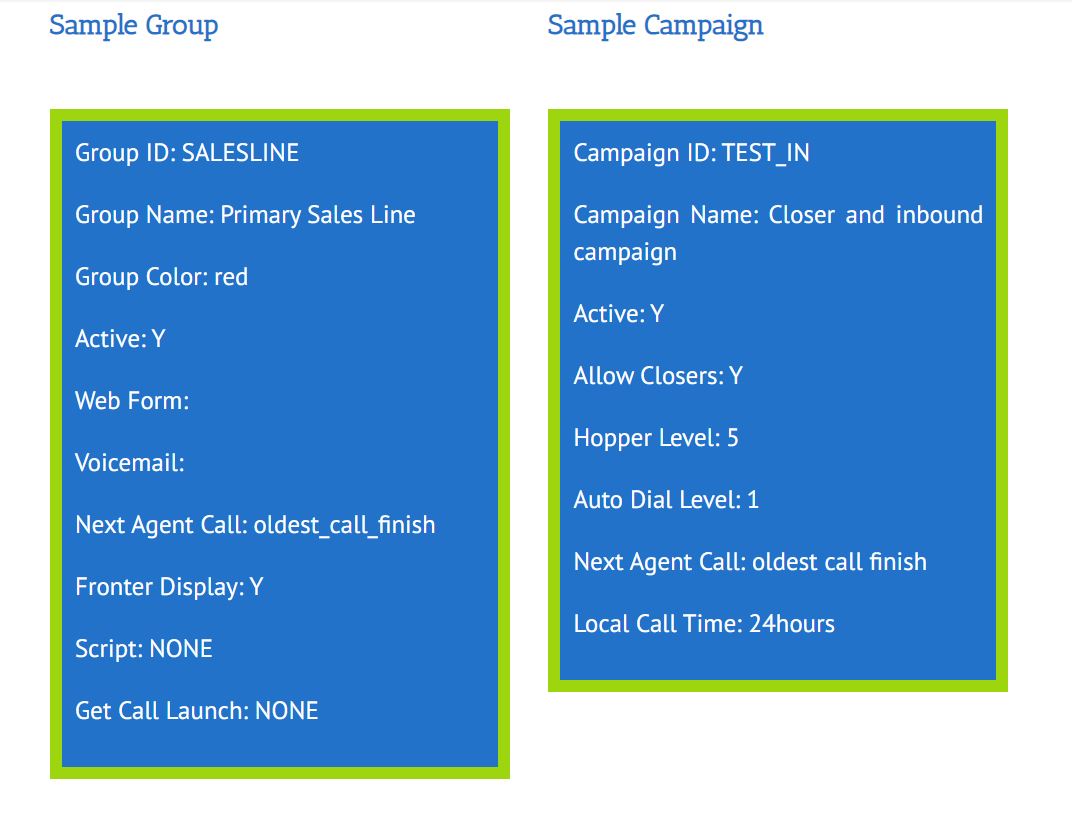
Inbound Rising
Call centers handling inbound calling take calls initiated by the customer and are usually either customer service or sales related. Depending on the type of company though, people call in for a variety of reasons including inbound sales, technical support, customer service, or simply returning a call from an agent’s outbound call. In 2014, there were over 200 billion minutes of inbound calling in the United States. One might think American consumers would have something better to do with their time! Nevertheless, it’s safe to assume the amount of inbound calls will steadily increase over the ensuing years, so it’s a worthwhile investment to have the proper resources at your disposal to sustain such a large mass of inbound calls.

Many companies have different campaigns, branches, or levels of support, so it’s vital for call centers to have the flexibility with their software to route calls to the appropriate department or group as quickly as possible. Customers expect for their calls to be answered or returned in due time and inbound call centers often struggle during time periods where there are a high influx of calls. Thanks to modern inbound call center software that includes such features as Interactive Voice Response (IVR), skills-based routing, and agent grouping, call centers are better able to accommodate customers during those time periods.
Many call center software providers will give you the option to port over existing numbers or purchase inbound numbers (DIDs), local or tollfree. At EVS7, we provide up to one free inbound number for each agent or seat purchased. These can work as ring groups for multiple agents or direct inward number for each agent. Below, we go into detail about key beneficial features of call center software for inbound calling along with some specifics using our cloud call center software.
Local vs Toll-Free Numbers
Before you can accept calls you need a phone number. Local and toll-free numbers each have their own advantages and disadvantages. A local number would be appealing if your business primarily deals with local customers. They’re considered more trustworthy because they don’t appear to belong to some random business or agency but ostensibly from a neighbor or friend calling from a different phone. For customers who like to support local businesses or simply prefer to use a business closer to home, consider a local number. One disadvantage for local numbers would be there may not be a lot of options for you to choose from as some area codes are near maxed out. If you live in Dallas, an example of a local number would be 972-713-6622.
If local businesses or consumers are not your main target, then a toll-free number might be more appealing and practical. In the past, toll-free numbers used to show a dedication to free customer service, but with the rise of mobile phones over traditional phone lines, unlimited phone plans, and free nationwide calling, this is no longer an advantage over a local number. To some people, toll free numbers appear more professional than local numbers. Keep in mind that international callers will not be able to dial a toll free number. An example of a toll free number is 800-123-4567. There are a total of six area codes that prefix toll free numbers: 800, 888, 877, 866, 855, and 844. You should also be aware that the area codes are not interchangeable (800-123-4567 is not the same as 888-123-4567).
In the end, many businesses have both local and toll free numbers. Choose which phone number would best suit your company. The biggest deciding factor likely is where your customers are located and whether or not toll-free would be a benefit for them.
Interactive Voice Response (IVR)
The IVR (or Call Menu as it’s referred to in our software) gives callers a recorded menu of routing choices. Whenever the caller presses the corresponding numbers from the menu, the call is then routed to the proper agent or queue. IVR has seen increased popularity throughout the years as automation can cut costs by up to 30% and reduce the need to outsource or hire new employees. You can also have custom music on hold or specific messages delivered to customers based on the options they select.
Skills Based Routing and Its Advantages
Skills based routing with our call center software allows you to prioritize your agents based on skill. This means that when a call comes in, it goes to the most skilled agent available – especially to the agent who can disguise their voice as that of Morgan Freeman’s. But on a serious note, let’s say for instance your call center is bilingual. Betty is fluent in English and Spanish, but Joe is only fluent in English. This means that the system could prioritize sending Spanish speakers to Betty and prioritize sending English speakers to Joe based on groups and agent rankings. Joe may never receive a Spanish speaker, but Betty could receive an English speaker if Joe is not available.

By sorting your agents based on skill, you ensure that each customer receives the most relevant service that your company has available at that time. The skill parameters don’t have to be limited to language either, they can be a variety of things such as specific products or regions. Sorting by skills helps your agents by ensuring that they receive a customer that they can potentially service.
Terminology
- In-Groups
Groupings of inbound numbers (DIDs) and closer groups.
- DID (Direct Inward Dialing)
DIDs allow for agents to have their own direct number without a separate telephone line using a company’s PBX (private branch exchange) system. DIDs can route and process 1000s of inbound calls. Using the Parrot Cloud Call Center, inbound DIDs can be added, modified, or deleted depending on your needs.
- Display and Call Info
Special display features only for inbound and closer campaigns that show what color and what In-group name the call is associated with.
- Group Color
The color that displays in Parrot when a call comes in from the associated group. Group colors allow agents to stay organized and quickly differentiate between other groups.
- Inbound Campaign Lead Search
Manager-enabled feature that allows an agent to search for a specific customer lead while in an inbound campaign.
- Fronter
Agents who take inbound calls or make outbound calls. They decide if a customer has the potential to buy and then send the call to a “closer”.
- Closer
Batter up! Just like in baseball when a final pitcher is sent to the mound to “finish the job,” you have closer agents who finish a sale sent to them by a fronter. Closer groups can be created with In-groups.
- Next Agent Call
Determines which available agent will take the inbound call by a number of different options you can select such as by random, the last time an agent was sent a call, or an agent’s ranking.








